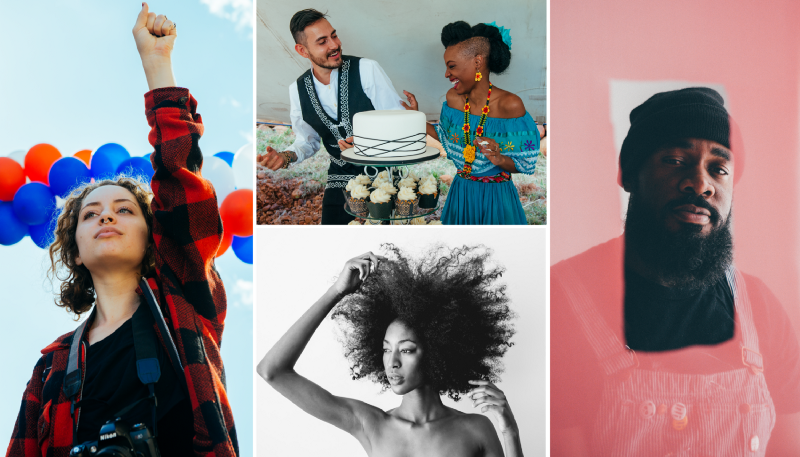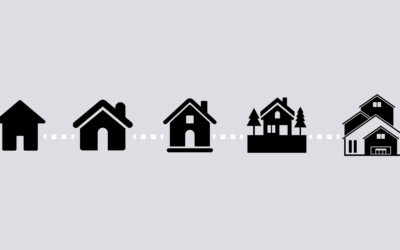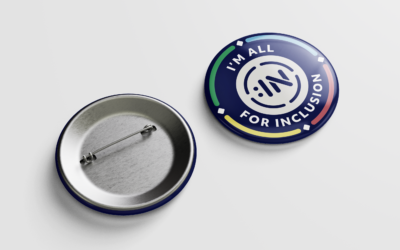Photos by Suzanne Strong (From L to R, Top to Bottom: Women’s March in Los Angeles, 2016; Traditional Zulu Wedding in South Africa; Choreographer JaQuel Knight; Natural Hair Beauty Photoshoot.
Suzanne is a Los Angeles-based Photographer, Creative Strategist & Creative Director. Specializing in portraiture, her work captures authentic moments and highlights the strength, beauty, and diversity of the people she photographs. Over the last 15+ years, Suzanne has worked for a variety of clients including Sonos, Uber, Redbull, Disney Baby, Levi’s and Target, and celebrities like Mindy Kaling, Ashley Tisdale, and Moby.
At Noun Project, Suzanne is bringing her keen eye for exceptional photographs and nearly two decades of experience in the industry to her role as Creative Strategist for Noun Project Photos. We caught up with Suzanne to learn more about her career path, creative process, and where Noun Project Photos is headed.
Hi Suzanne! Tell us a little about yourself — when did you first become interested in photography and how did you get to where you are today?
When I was a little girl, I was obsessed with photos. My mom would indulge my many requests to take out our box of old family photos so we could lay on her bed sifting through the prints together. She would tell me the stories of the people, events, and moments that were captured during her very colorful life growing up in New Orleans.
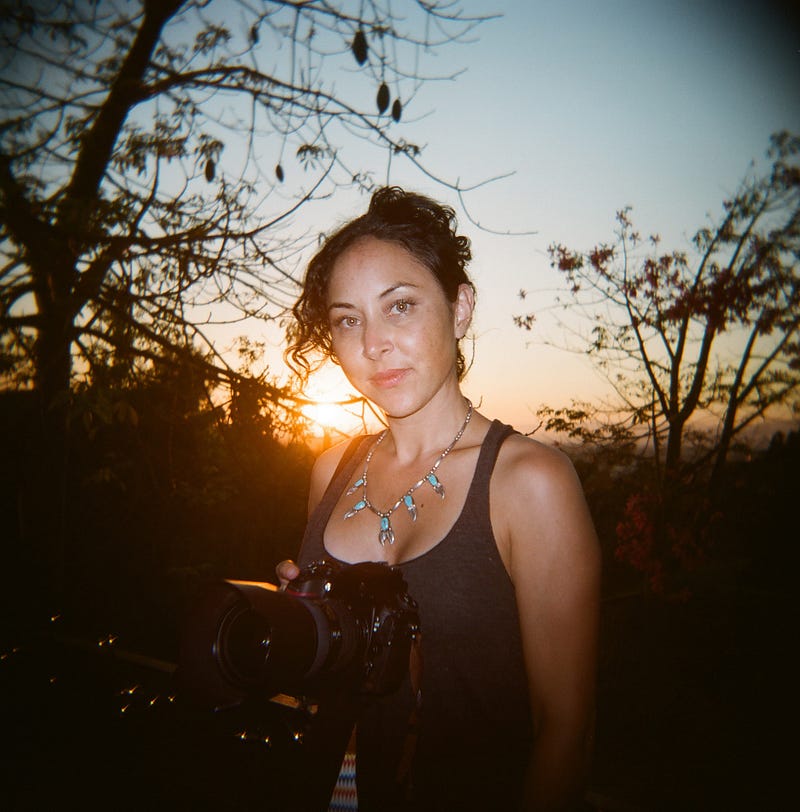
Through the photos that documented my family’s life I became fascinated with the idea that one single click could tell a whole story — a story that can be told for many years. And thus, photography became my life’s passion.
I’m a completely self-taught photographer. My first camera was an old SLR film camera passed down from my grandfather — a Pentax K1000 with a 50mm lens. By learning how to shoot in manual mode with film I built a strong foundation in technique. When you work with film you have to be very focused, intuitive, and decisive on when to press the shutter — and with limited exposures, I trained myself to look for the most important moments, which usually happen in the split second when people forget the camera is there. The in-between moments are always the magical ones.
My practice subjects at the time were my children. After friends saw my photos, they started asking me to photograph their children and families, which was my first foray into getting paid for my work. I learned so much from working with kids, with the most important thing being that your subjects have to be very, very comfortable in every possible way during a shoot in order to capture those special moments.
The lessons I learned from working with families translate directly to working with anyone I’ve ever photographed. I do everything I can to make sure that the people I’m photographing, as well as anyone else on set, feel comfortable to be themselves. In my opinion, the best work comes from this type of environment. Although my shoots are somewhat relaxed in nature, I am very efficient while shooting.
After moving on to digital photography and moving to Los Angeles, I was ready to shift my subject matter. I began focusing on fashion, music, celebrities, film and play sets, and portraiture. Expanding my subject matter and building up my portfolio here in LA, I started creating images for clients like Disney Baby, Sonos and The Pharcyde, and was published in magazines like Rolling Stone, Forbes and Glamour. Digital photography opened the door for unlimited creative possibilities — and an opportunity to test ideas without having to spend money on film and development costs. It also leant me the ability to start working in video, which is a very natural transition for photographers.
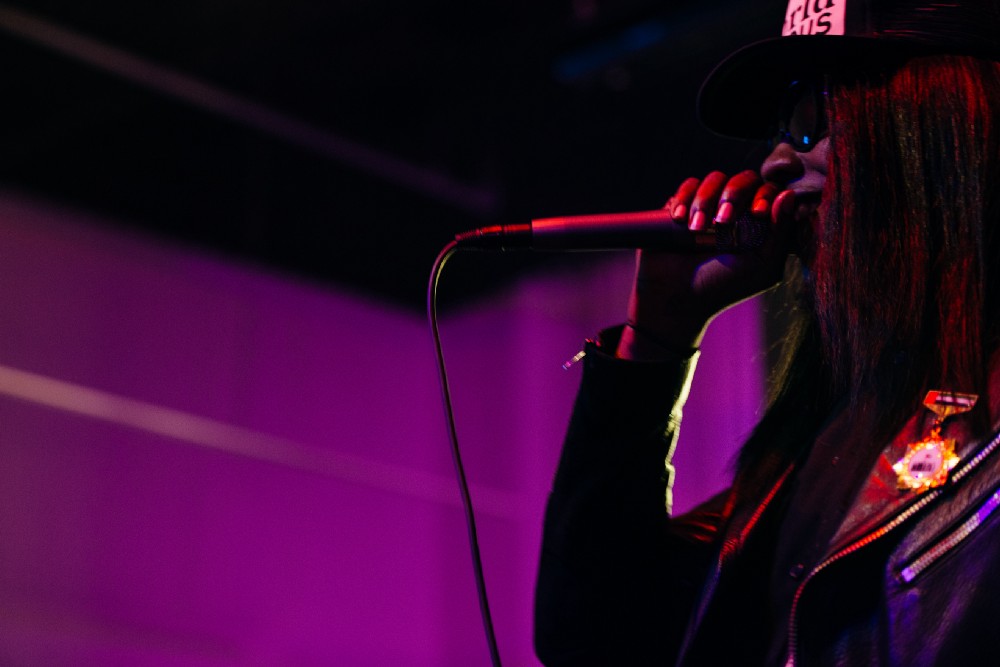
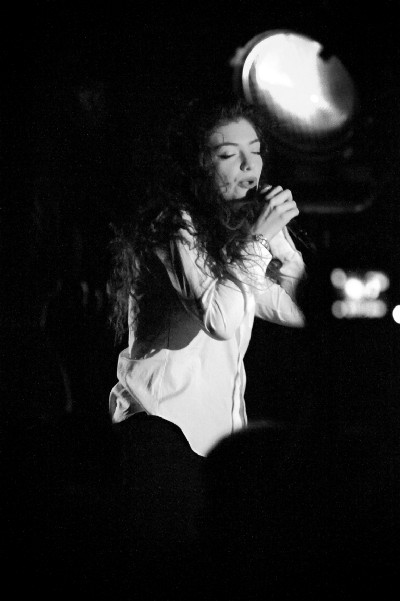

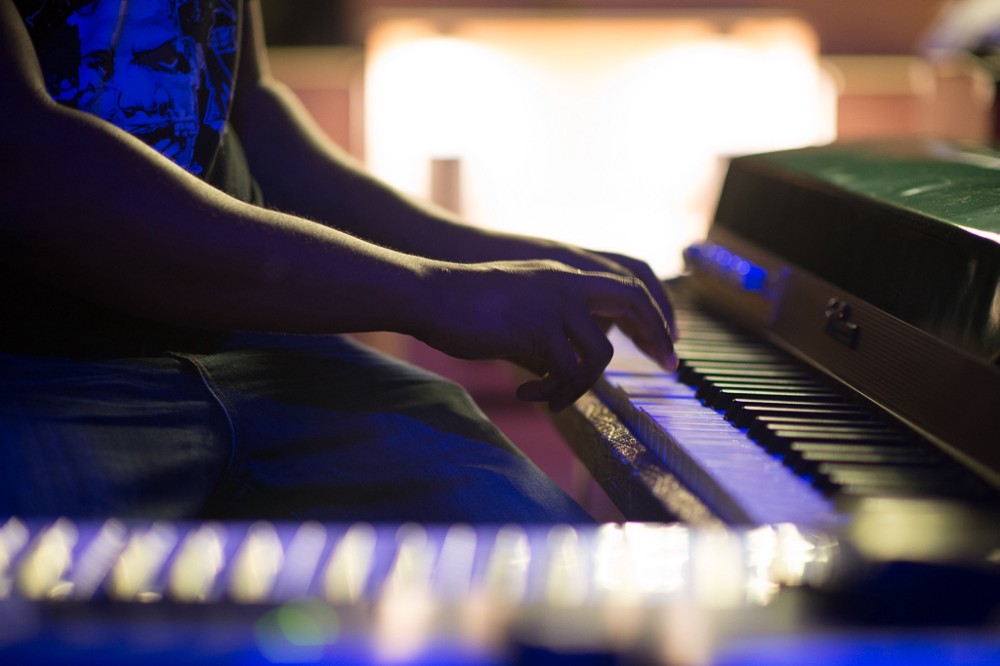
I started directing and shooting video while collaborating with friends on our personal projects. It was a great way to learn the ropes of production with low pressure and high creative input. The first music video I co-directed and shot was with group of friends who worked in production. We shot all day and into the night at this gorgeous house in Silver Lake and I was hooked! We had ended up winning several awards on the independent film circuit, which was very encouraging to continue creating. Aside from the short film I wrote and directed, my two favorite personal video projects are a very surreal video I made with a friend to promote her vintage clothing collection and another friend’s music video that we shot entirely under the radar on the Santa Monica Pier using only my iPhone and a DJI gimbal.
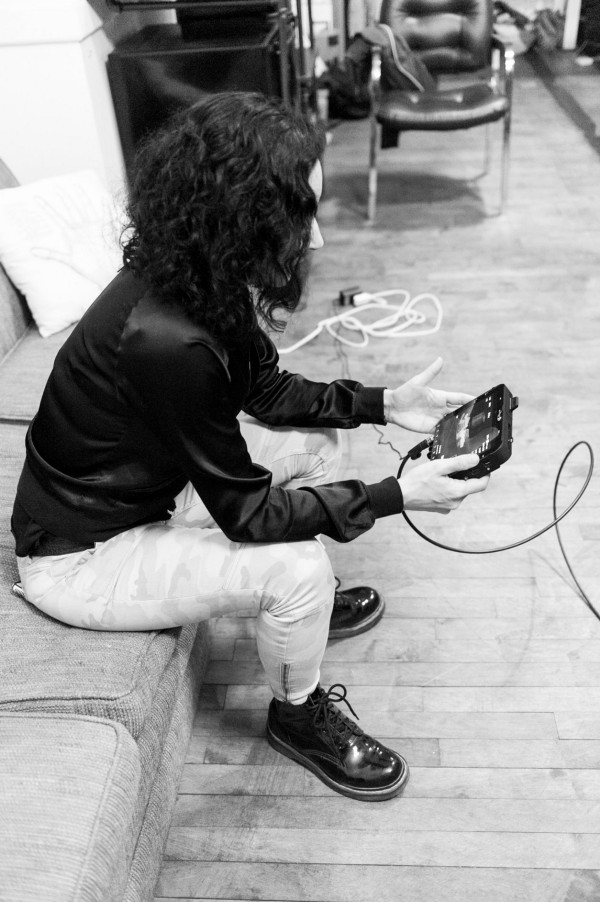
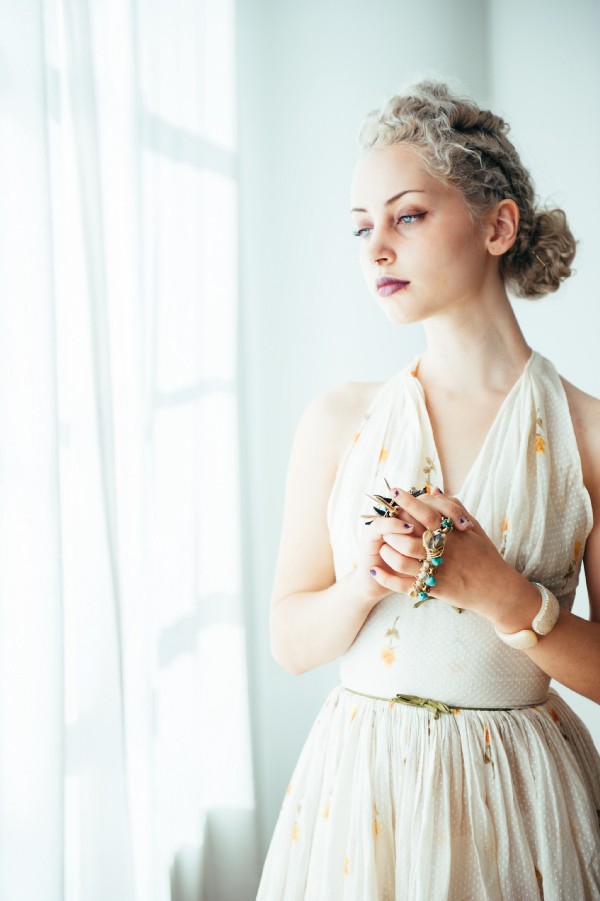
Suzanne Directing on set for Tales From the Floating World; Vintage Fashion Shoot by Suzanne Strong.
Throughout the many types of subjects that I’ve worked with over my career, I still strive to capture the emotions and the story of a single moment — that which enraptured me as a child spending time with my mom and her photos on the bed.
How would you describe your aesthetic and what subjects or ideas do you try to convey in your work? What’s one of the most memorable projects you’ve worked on?
Growing up as a multiracial person, I didn’t see a lot of girls, women or people who looked like me on TV, the web or in magazines. I was interviewed for a podcast a couple of years ago and during the interview the host pointed out that a major portion of my work was of people and women who are often underrepresented in media. At that moment, I realized that I had been subconsciously gravitating to and choosing subjects who are not always seen.
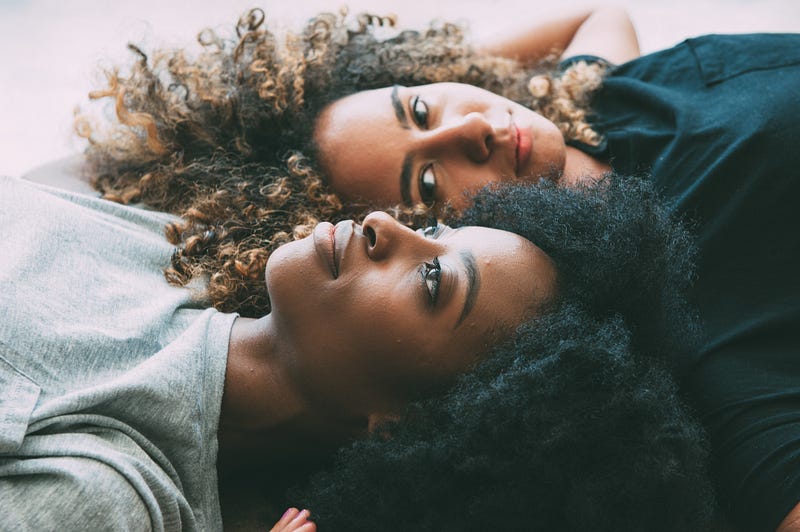
It’s very important to me that my images reflect not just the outside of a person, but their inner self as well. Many people that I’ve worked with have said that the images I shot of them actually reflect how they see themselves on both the outside and the inside. I believe this comes from making space for people to feel comfortable to be themselves so that they can vulnerable with me.
While I love working with people, I also love photographing gardens. One of my regular clients is a permaculture garden designer and I’ve had the honor of photographing her work over the last 5 years. Working with these beautiful plants, flowers and trees is very healing and meditative for me. I fall into a lovely flow while being quiet and looking to capture the essence of the plants.
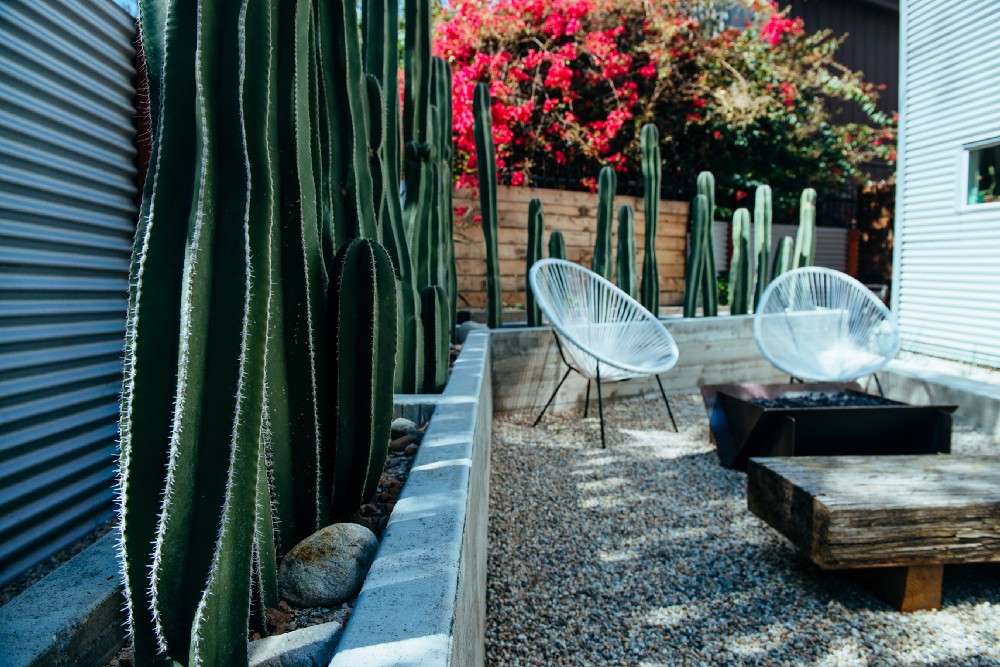
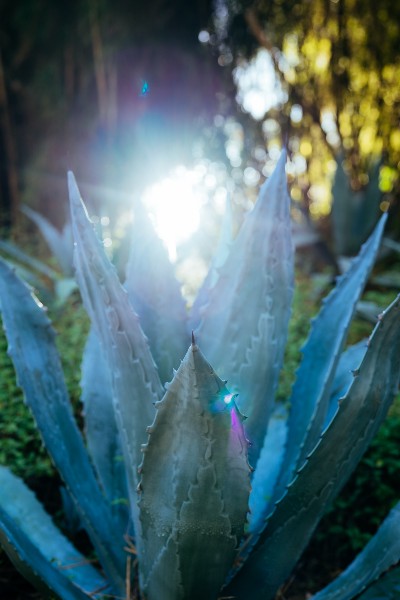
The most most memorable project that I’ve worked on is a short film I wrote and directed, “Tales From the Floating World.” It’s a deeply personal project that was a huge undertaking. It’s a circular story about two people who experience loss and longing with missed connections and the serendipity of coming together. It’s a circular story told with beautiful imagery, haunting music, minimal dialogue, and is layered with secret easter eggs. While we shot in downtown LA and in the desert near Twentynine Palms, CA, I purposely didn’t show any landmarks. With minimal dialogue, people from anywhere in the world can follow the film. I want anyone who watches the film to be able to put themselves into the story through the shared human experiences we all have of loss and longing.
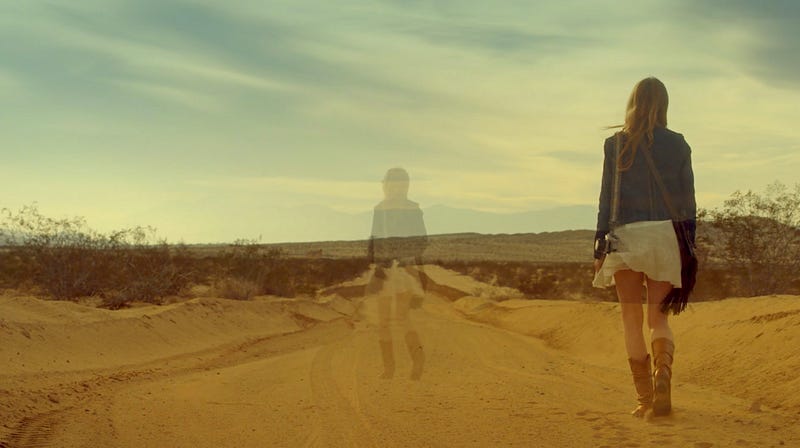
What inspired you to join the team at Noun Project?
Noun Project’s vision to prioritize diversity and inclusion, and bring art-quality images to the platform is incredibly inspiring to me. I’m also a big believer in democratizing content. A couple of years ago I read a book called “The Go-Giver,” which completely shifted my thinking on making content available to anyone and everyone. I love that anyone can use Noun Project’s photos and icons without worrying about the cost.
After freelancing for many years, I was ready to be a steady part of a team long-term and use my photography skills and creative director background in new ways. While I love and take great joy in working with clients directly, I’d been searching for ways in which I could have a larger reach and social impact with photography. After interviewing at Noun Project, it was clear that this was the place that I wanted to put my career roots down. My co-workers are super smart, clever, funny, hard working and kind. Our CEO, Sofya Polyakov, is an incredible manager and business owner. She truly cares about us as individuals and supports us in our careers.
While my full time work is as Creative Strategist with Noun Project, I still get the opportunity to shoot on my own. I photograph all of our Noun Project Original images and I still photograph my own clients. I plan to be 103 years old and I intend to never give up shooting.


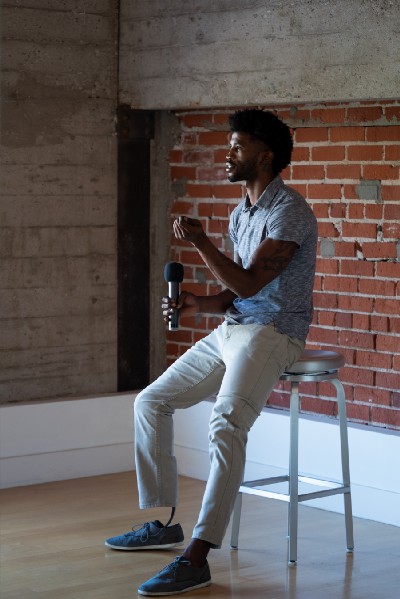

Noun Project Original Photos by Suzanne Strong
Tell us more about the mission and vision behind Noun Photos. What are some of the core values that have shaped the collection and the type of content that appears on the site?
Noun Project Photos was built around three key principles: An inclusion-first curation policy, providing art-quality images that are affordable for everyone, and empowering creation with worry-free licenses that support the photographers behind the work. In our images without people, we aim to tell a story or to illustrate a concept in an emotive or clever way. We have incredibly high standards for aesthetics across the board.
It seems that a lot of photographers are initially apprehensive to get into stock photography, but that’s changing quickly. Prior to working at Noun Project, it wasn’t something I considered doing myself. I think we can all agree that a lot of the stock images we’re used to seeing are generally pretty bad. However, stock is moving in a whole new direction: beautiful, less produced and with real people with real expressions. We’re moving past illustrating a concept such as “idea” with an image of a lone lightbulb and toward art-forward, surreal, and conceptual images such as the type of work created by the Zamurovic Brothers. For example, we have an image of theirs on Noun Project of a tiny house under a bell jar to illustrate quarantine during the COVID-19 pandemic.
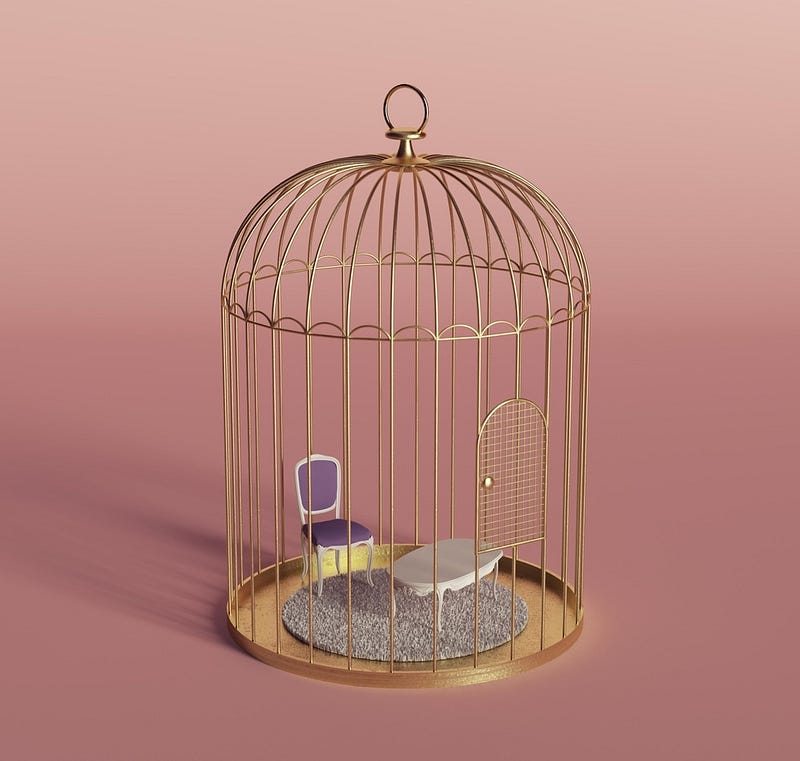
As a Creative Strategist, I like to say I’m the “Visual DJ” for Noun Project Photos. I’ve been a DJ for many years and I like to think of the curation process as “visual DJing.” When I play, I want the crowd to respond in a positive way to my music. People want to hear quality songs that they already know, either as the original track or as a clever re-mix. In my mixes, I also like to slip in songs that people may have never heard before and will help expand on the range of what they like. We have a lot of the same themes and subject matter people generally seek out for their projects on traditional stock sites, but difference is that our images are beautifully shot, authentic and feature diverse models — these are the remixes. Then we have images that don’t look like traditional stock photos at all, like beautiful portraits by Avel Shah and surreal, graphic leaning architectural images by Simone Hutsch — these are the images that will expand your idea of what stock photography looks like.
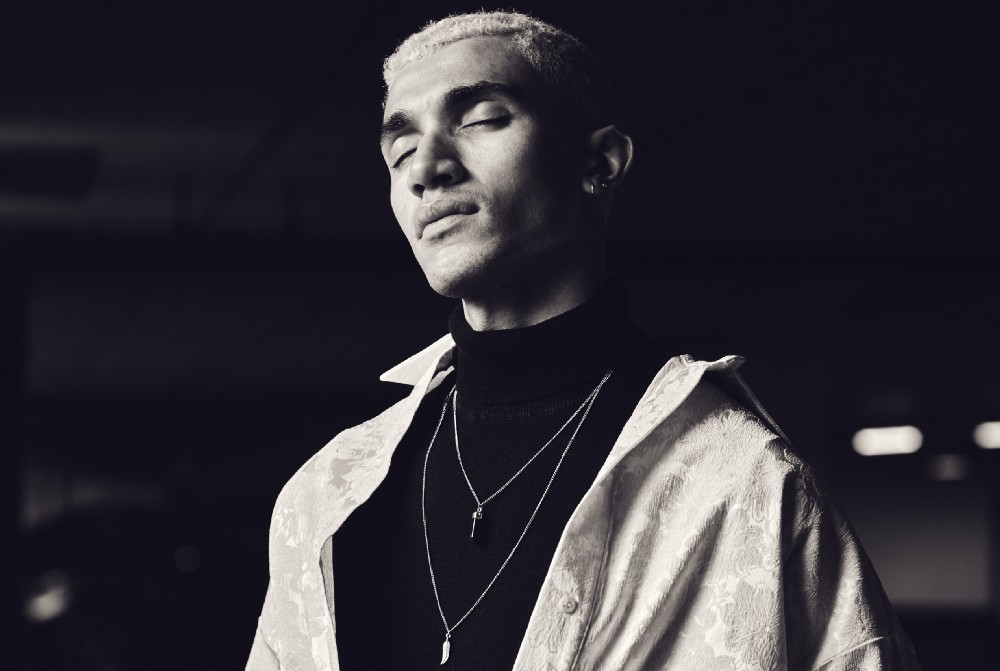

Monochrome Portrait of Young Man by Avel Shah; Yellow Lines by Simone Hutsch
Thinking back on iconic images that have altered the social, political or cultural landscape in just a fraction of a second, do you think that photography still has the power to change the world? What does the future of photography look like to you?
Photos can evoke strong emotions in people. When I look at photos that I took years ago, I can almost viscerally feel that specific moment: the emotion of what I was feeling at that time, what the air felt like, what the light looked like. It’s similar to how smells carry strong memory recall. Photos that move us likely carry and convey the energy of that specific moment for the photographer — they create a place for a shared human experience that can move people, then societies to shift.
We all have been moved by images: inspired to protest, to learn, to travel, to love, to create, to cry, to empathize. Every inspiration such as this moves the world toward a more positive place.
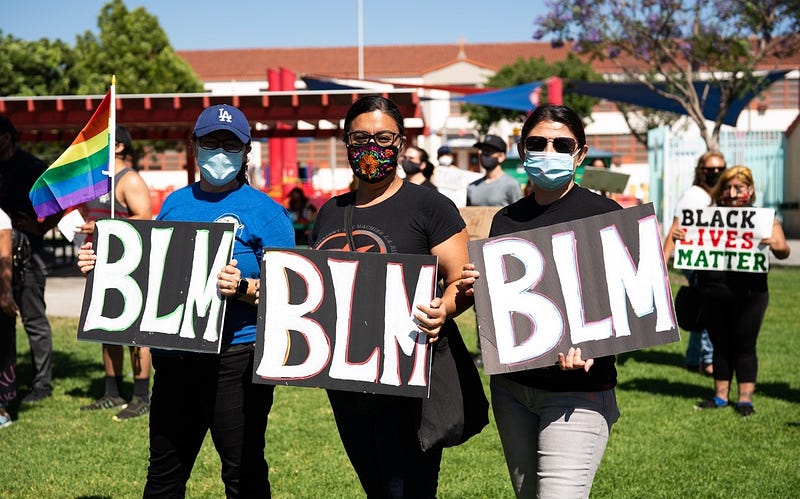
Linguists view human language as being very much akin to a living creature. It grows, changes and evolves all the time similar to biological evolution. I think the same is true for the arts and culture. The arts slowly shift and evolve over time according to the people who interact with art and culture. As such, we can’t really predict what photography will look like in the long term, but it’s bound to be an exciting journey along the way.
Short term however, I think we’ll have a huge resurgence of IRL interactions within the photo community after the pandemic. Aside from the fact that people will want more face-to-face interactions with other people post-Covid, collaborative photography is very difficult, if not impossible to do at this time. Photowalks, in person workshops, meetups, and group photo shoots will abound.
What do you see as some of the biggest opportunities to drive meaningful change when it comes to more equal representation in visual resources?
Representation matters. For many years stock photos have been severely lacking when it comes to diversity and lifting up people from underrepresented communities. The work we’re doing with Noun Project Photos is powerful. Part of changing culture and the status quo is empowering people to use more diverse, inclusive and authentic images in their work, from the classroom to the boardroom. With over 7 million people across the world who use Noun Project, the free images on our platform have the opportunity to spread far and wide.
When you look to the future, how do you see Noun Project Photos evolving and growing over time? What’s the long-term vision for the project?
It has been so exciting to see our collection grow since launch. In addition to adding thousands of new images, we’ve launched two special partner campaigns, Diversity in Tech and Empowered Women. For these collections we created original content including representation of people who are indigenous, transgender, non-binary, have a variety of body types, people with disabilities and more. The work we’ve done so far is just the beginning. I’m excited to curate and create images that bring even more diversity to our content —for example, images of older people of color showcasing their dynamic lives, women of color in STEM, representation of young girls and boys doing regular kid stuff like climbing trees, and more images of people with disabilities living life.
We’re also really excited to grow our global community of photographers. We have some really incredible photographers sharing their work on our platform and I am very much looking forward to bringing on more for 2021.
If you’re interested in modeling for our future projects you can let us know here, or if you’re a photographer who wants to join our community you can submit your work here.
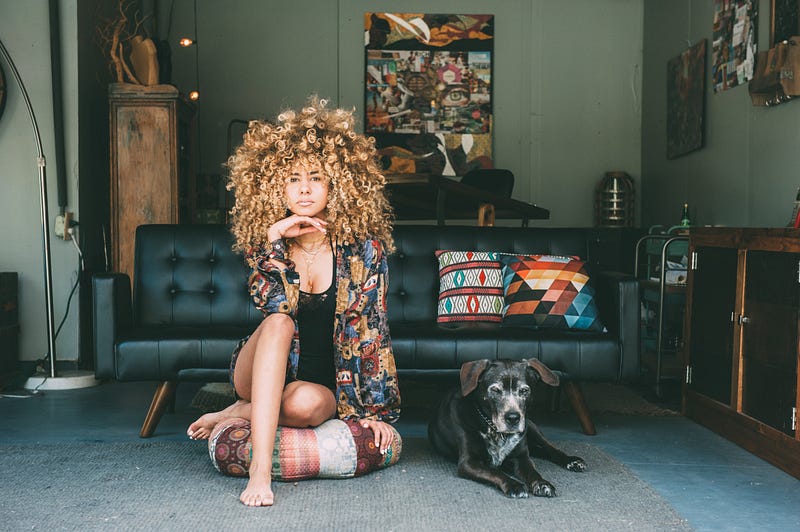
What are some good resources for people looking to get started in the world of photography?
There are so many opportunities available to learn how to shoot, many of them at no cost. As mentioned, I’m a huge fan of democratizing content. Skillshare is a great place to learn as you can take classes on pretty much anything you can think of for free, from shooting content to growing your business as a freelancer. The list is endless.
When I first started out, I asked photographers that I knew if I could shadow them on shoots. I learned so much by watching how they interacted with their subjects. For example, I shadowed a photographer who shot for Nordstrom, which showed me what happens on a commercial fashion set. I also asked other photographers if they would be so kind to look at my photos and give me honest feedback.
When I first moved to LA, I did a lot of photo shoots for free so that I could meet people, gain experience and build my portfolio. I learned what I liked, didn’t like and developed my visual voice through capturing as much as I could.
It all takes patience and time. My best advice is to ask and listen, and then shoot as much as you can. Your camera is your best resource!


